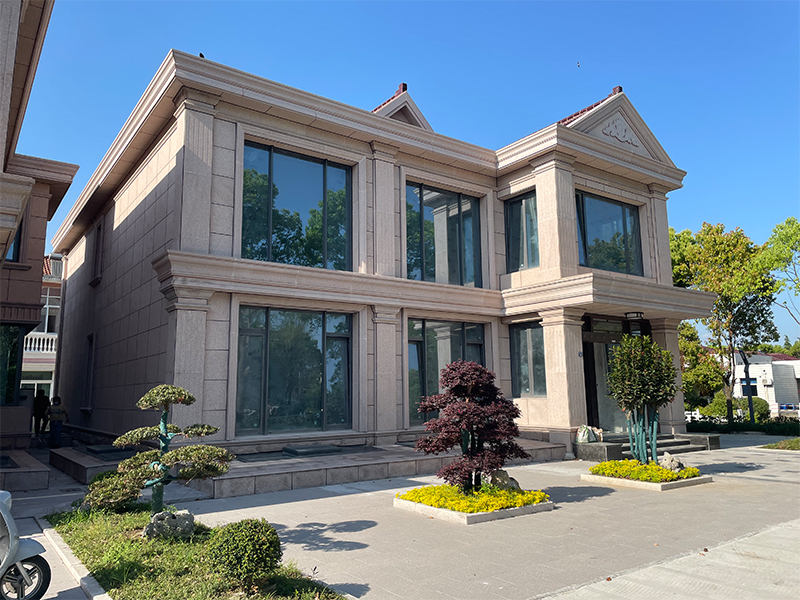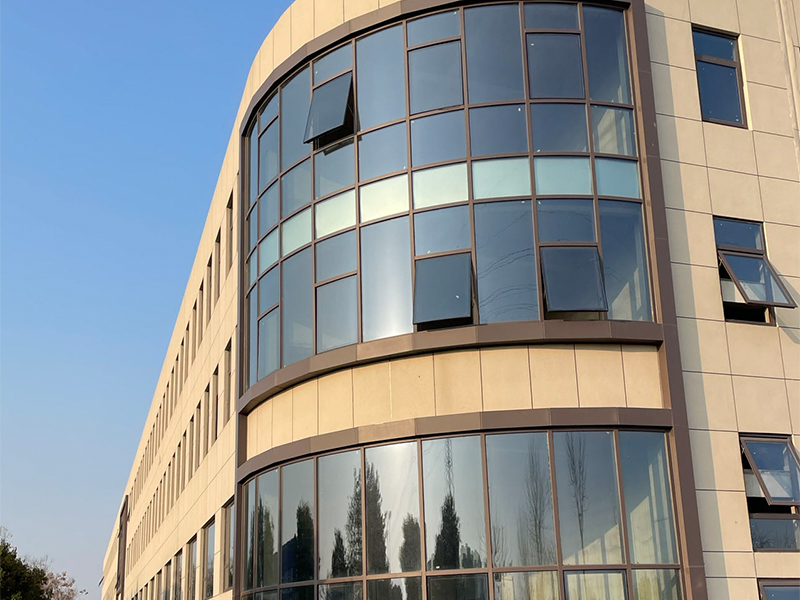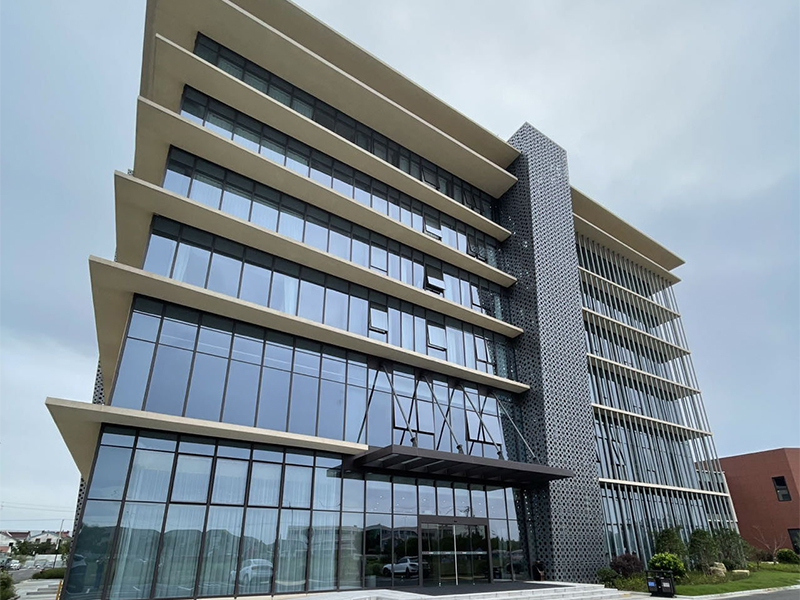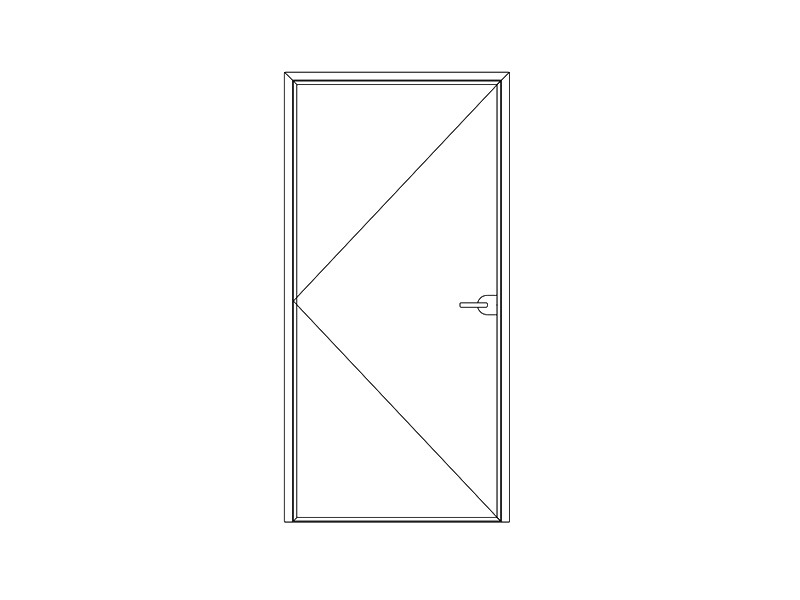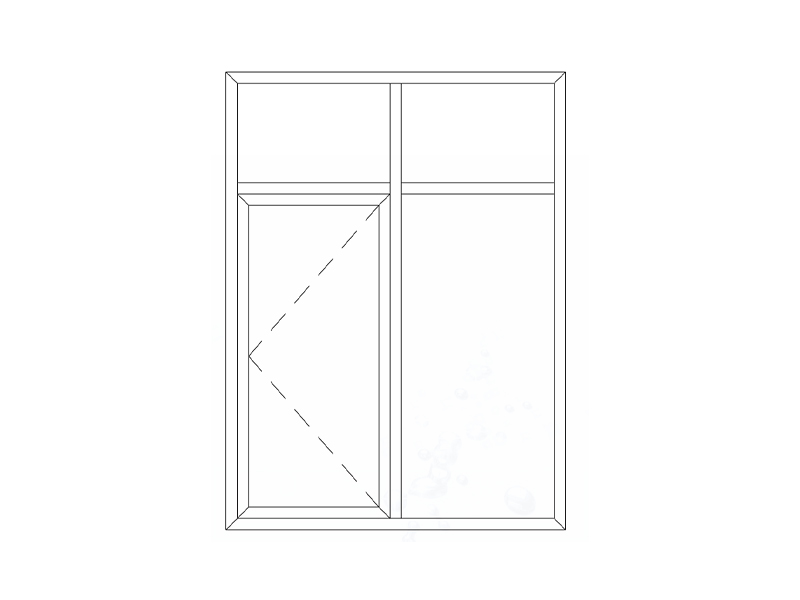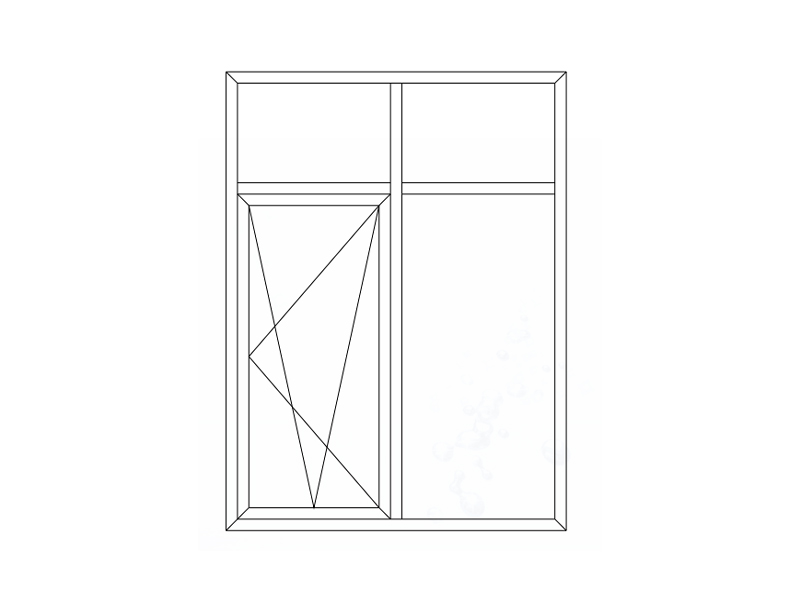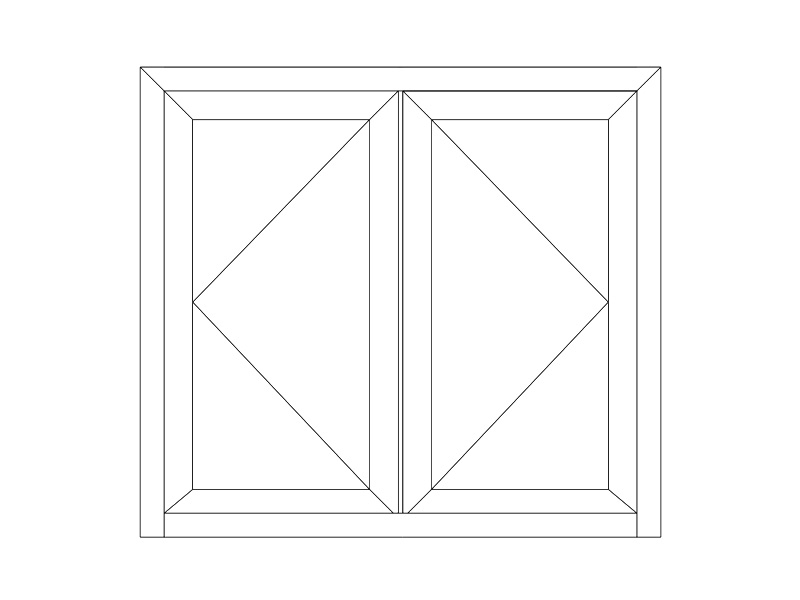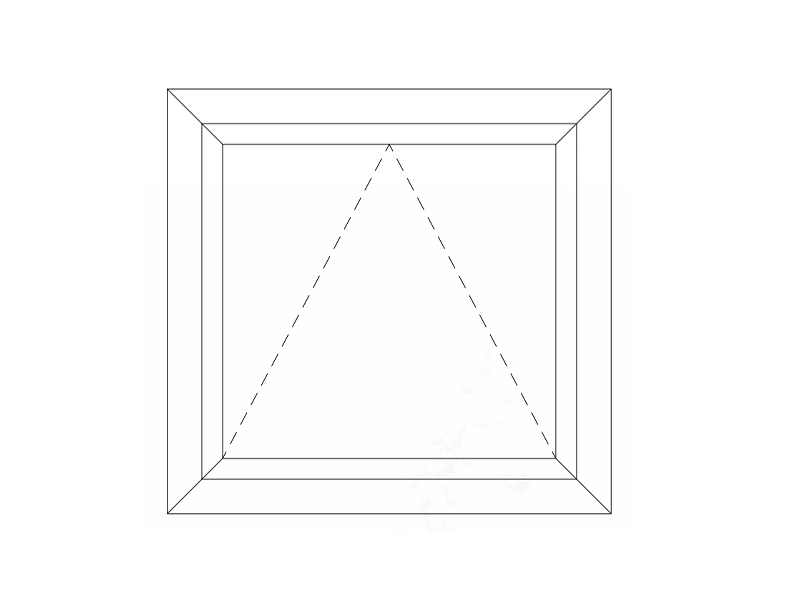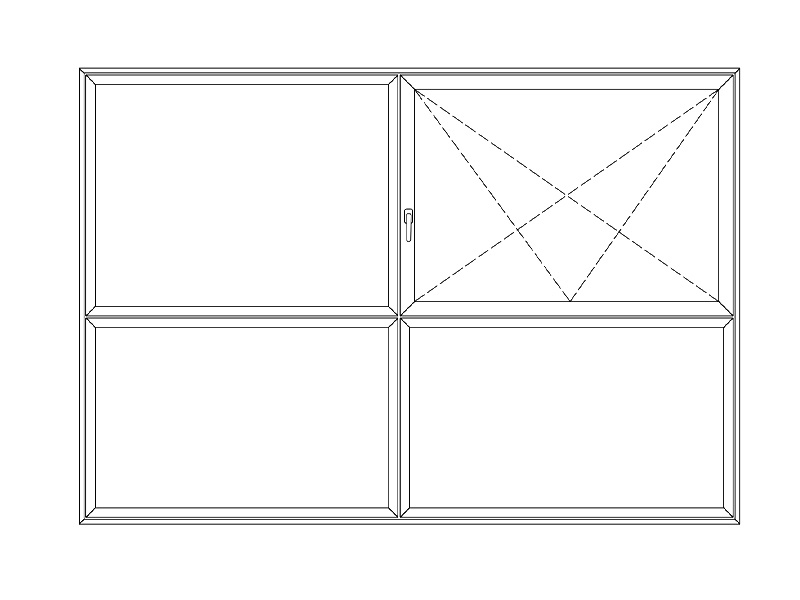Aluminum Profile, a material made from aluminum alloy extruded into specific cross-sectional shapes, has long been a staple in our daily lives. From the curtain walls of skyscrapers to the window frames in our homes, and from the bodies of high-speed trains to the frameworks of precision equipment, its presence is ubiquitous.
The Unique Advantages of Aluminum Profile
The widespread use of Aluminum Profile is mainly due to its unparalleled properties:
-
Lightweight and High Strength: Aluminum's density is about one-third of steel's, but through alloying and heat treatment, Aluminum Profile can achieve very high strength, perfectly combining "lightness" with "strength." This is crucial for applications in transportation, aerospace, and other fields that require reduced weight.
-
Excellent Corrosion Resistance: Aluminum naturally forms a dense oxide film in the air, which effectively prevents further oxidation and gives it good corrosion resistance. This performance can be further enhanced with surface treatments like anodizing, electrophoretic coating, and powder coating, which also offer a variety of aesthetic finishes.
-
Good Machinability: Aluminum Profile can be extruded into various complex cross-sectional shapes, greatly simplifying the product manufacturing process. It is also easy to cut, drill, and bend for secondary processing, meeting diverse design requirements.
-
Recyclability: Aluminum is a metal that can be recycled infinitely, and the energy consumption of the recycling process is far lower than that of primary aluminum production. This makes it an environmentally friendly material that aligns with sustainable development principles.
Key Application Areas of Aluminum Profile
Thanks to these advantages, Aluminum Profile plays a crucial role in many industries:
-
Construction: This is the most traditional market for Aluminum Profile. It is widely used for windows, doors, curtain walls, louvers, and roof structures, providing both structural support and aesthetic appeal while offering energy-saving benefits.
-
Industrial Manufacturing: Aluminum Profile is extensively used in automated equipment, assembly lines, solar panel brackets, heat sinks, and LED light housings. Its modular and easy-to-assemble nature makes it an ideal choice for building equipment frames.
-
Transportation: To achieve lightweighting and reduce emissions, vehicles such as cars, trains, subways, ships, and airplanes are increasingly using Aluminum Profile for their bodies and components.
-
Electronics and Consumer Goods: From mobile phone casings and laptop frames to TV heat sinks, furniture, and luggage, Aluminum Profile adds value to consumer products with its stylish appearance and excellent performance.
Production Process and Future Trends
The production of Aluminum Profile primarily relies on the extrusion process. Heated aluminum alloy billets are fed into an extrusion press and forced through a die to form the desired shape. The profiles are then cooled, stretched, and cut to meet dimensional requirements.
With advancements in technology, the development of Aluminum Profile continues to break new ground. In the future, high-strength, high-performance special aluminum alloy profiles and more functional surface treatments (such as self-cleaning and smart sensing) will become new growth areas for the industry. Additionally, with the application of additive manufacturing technologies like 3D printing, the creation of complex structures and personalized customization for Aluminum Profile will become even more accessible.
Aluminum Profile, this seemingly ordinary material, is silently supporting the development and progress of modern society with its unique properties.


